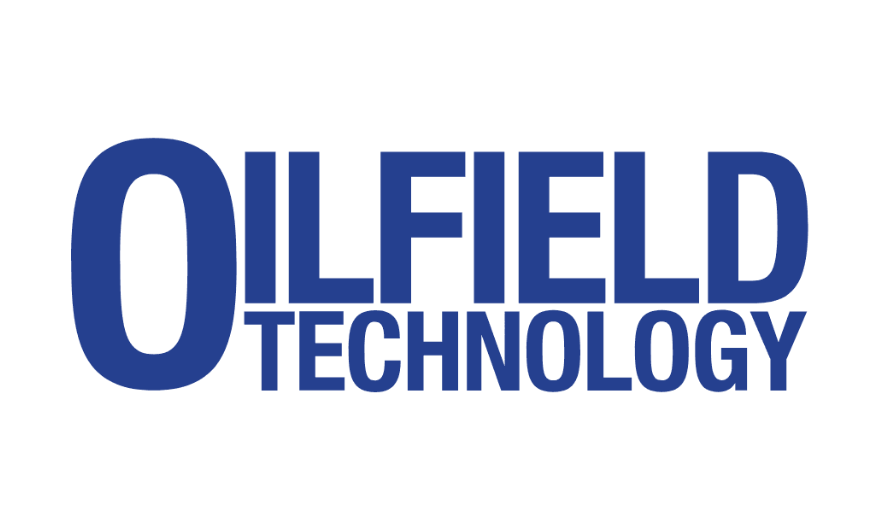News
Analysis: Oilfield Analytics Space Sees Rapid Adoption, Rollups Possible
01 Mar 2018

In the following article, originally published to a Mergermarket newsletter, Ambyint CEO, Alex Robart, gets a mention when the author discusses the value of startups focusing on production and artificial lift.
Oilfield Analytics Space Sees Rapid Adoption, Rollups Possible – Analysis
The oilfield analytics space has seen rapid adoption in the last year, with many companies seeing a future of full-suite solutions, according to executives and investors.
Notable big names that have shown an interest in these technologies, whether as customers or for pilot programs, include the likes of Hess and ExxonMobil, according to reports on this news service.
Oil price stability and investor calls for capital discipline have buoyed producers’ uptake of new technologies to optimize pre-drill, drilling and completion, and production activities, with startups mainly focusing on one capability. At the same time, sensor equipment and cloud computing have become vastly cheaper and more powerful, leading to a œconvergence of factors and an inflection point for digital oilfield technology, said Jeremy Arendt, partner at Cottonwood Venture Partners.
Consolidation of companies offering these services will be driven by customer demand for an integrated solution, said Arendt.”People say they want to go to one place” for technology to automate the entire wellsite. Such majors as Halliburton [NYSE:HAL] and Schlumberger [NYSE:SLB] should continue to “aggregate” technology as they have been doing, he said.
Halliburton’s software division, Landmark, has made acquisitions in the analytics space, including its 2013 buy of UReason Solution Environment (USE). Meanwhile, Schlumberger has announced a new cloud-based digital well construction planning software.
Halliburton is working with customers on developing and implementing data analytics and software, and its capabilities include drilling automation, production optimization, automated fracturing, predictive maintenance and digital workflows, said a company spokesperson. The spokesperson did not comment on the M&A strategy with regard to digital oilfield technology. Schlumberger did not respond for a request for comment.
On the other hand, private equity could have a major role, Arendt added “We see a big opportunity for private equity to come in and deploy rollup strategies — we’ve talked to multiple PE firms interested in doing that.” They may wait to see the companies generate more revenue before making a move, he added.
Targets could include Novi Labs, which focuses on optimizing pre-drill activities and wellsite planning; Ambyint, WellAware, Tachyus, Silverwell and Seven Lakes in production optimization; and Moblize in drilling and completions, said executives.
The industry has not seen many M&A deals, with an adviser calling this stage “early innings,” with more deals likely a year or two down the road. Software company Quorum acquired well lifecycle analytics player WellEz in September last year for an unspecified amount.
Segmented industry
The likely targets are each focusing on a different stage of exploration and production.
Many startups are focusing on production and artificial lift, as they have viewed this as fertile ground for cost improvements, said Seven Lakes CEO Shiva Rajagopalan. With thousands of wells in production, it is a œmore potent area for optimization, Ambyint CEO Alex Robart agreed.
The drilling and completion space has seen less attention because it is more complex and there are fewer wells at that stage, said Moblize CEO Amit Mehta. However, the company decided to focus its efforts there because the capex spend per project is greater and it believes there is greater scope for controlling costs, he noted.
Novi Labs CEO Jon Ludwig felt that pre-drill was the place to begin optimizing the well design and building models to œultimately impact the productivity of the well. He noted that the company would prefer to build than buy, but that a rollup strategy could make sense if one of the majors decided to make a big move into the analytics space.
Predictive analytics promises to be able to predict equipment failures, and down the road should also be able to predict well performance, a boon to producers and investors alike, said Arendt. The wide range of uses for analytics, from safety to planning to land, seismic data and royalties, means that the range of potential buyers is large as well, with startups in this group naming companies from diversified industrials company Dover [NYSE:DOV], to energy services majors like Halliburton, to Emerson Electric [NYSE:EMR] as potentially interested in acquiring these capabilities.
Adoption has continued to accelerate, beginning with the mid-majors and moving up to the majors, Carrick Capital Partners Partner Steve Unterberger noted. A sector executive added that as revenue growth accelerates, with many of these companies expecting to double or triple revenue this year, M&A will become more likely.
by Hana Askren
This article is intended for information purposes only, it is not a recommendation, advice, offer or solicitation to buy or sell a product or service nor an official confirmation of any transaction.






